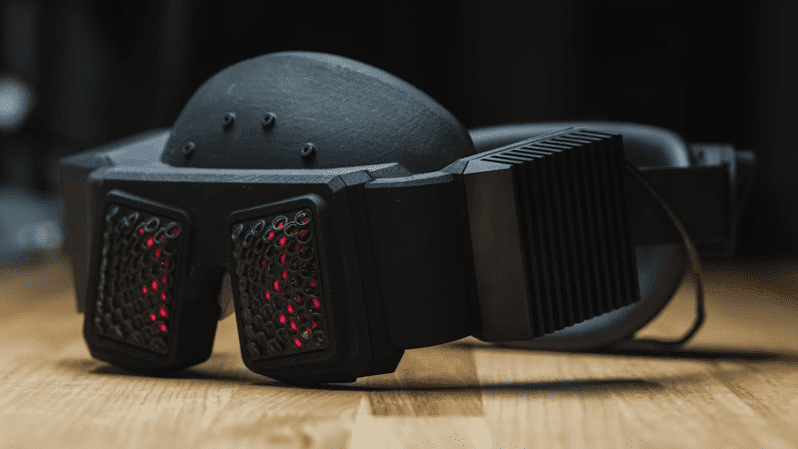A phrase that has gained significant attention in the ever-evolving realm of virtual and augmented reality (VR and AR) is “Light Field Passthrough.” This innovative technology aims to revolutionize the user experience with its unmatched realism and immersion. In this article, we will explore the definition of Light Field Passthrough, its applications, and its potential impact on the future of AR and VR.
What is Light Field Passthrough?
Users may see their surroundings through AR and VR headsets with more depth and realism thanks to a technique called light field passthrough, which captures and replicates the real environment in 3D. Light Field Passthrough records the entire amount of light data, including the intensity and direction of light rays, in contrast to conventional camera passthrough, which provides a flat, two-dimensional view. This produces a smooth transition between the virtual and the actual world by offering a three-dimensional, holographic depiction of the surroundings.
How Does It Work?
Light Field Passthrough’s ability to capture all light field data is what truly sets it apart. By integrating advanced algorithms with specialized hardware, like multiple micro-cameras or high-tech sensors: Different perspectives are captured from various angles. The depth and parallax of the environment are recreated by merging and processing these perspectives. Thanks to the real-time rendering of the computed light field displayed through the AR or VR headset, users can perceive depth and navigate freely within the space.
Applications of Light Field Passthrough
There are numerous applications for this technology, especially as AR and VR continue to expand across various industries: Safety and Awareness: VR users can enhance their safety by being mindful of their surroundings. Light Field Passthrough effectively simulates the real world, helping users avoid tripping over obstacles or objects. Mixed Reality Experiences: By skillfully blending the virtual and physical realms, artists can craft mixed reality experiences where virtual elements interact seamlessly with the real world. Professional Work: Professionals in areas such as engineering, healthcare, and design can overlay virtual information onto real objects, aiding in tasks like machinery maintenance, medical imaging, and prototyping.
The Future of Light Field Passthrough
We can expect a number of developments as the technology develops:
Better Realism: As more research is done, the light field renderings will get more accurate and fidelity-rich, making it impossible to tell the difference between the real and the virtual.
Interactivity: Future versions may enable users to engage with their surroundings through look or movements, further obfuscating the distinction between the actual and virtual worlds.
Wider Adoption: Light Field Passthrough will become a regular feature in more AR and VR devices as the advantages become clear.
Challenges Ahead
While Light Field Passthrough offers exciting possibilities, it also comes with some challenges: Processing Power: Rendering light fields in real time demands significant computational resources. For portable devices, finding a balance between battery life and performance will be crucial. Latency: To create a truly immersive experience, the delay between capturing and displaying the real world must be minimal. Achieving ultra-low latency is essential. Cost: The integration of necessary hardware and software could lead to higher prices for AR and VR devices.
A significant breakthrough in AR and VR technologies is Light Field Passthrough. This innovation has the potential to transform our interaction with digital information by providing a more immersive and natural way to experience the blend of real and virtual environments. The future holds numerous possibilities, and as we tackle challenges, the line between the physical world and the virtual realm will continue to blur.
